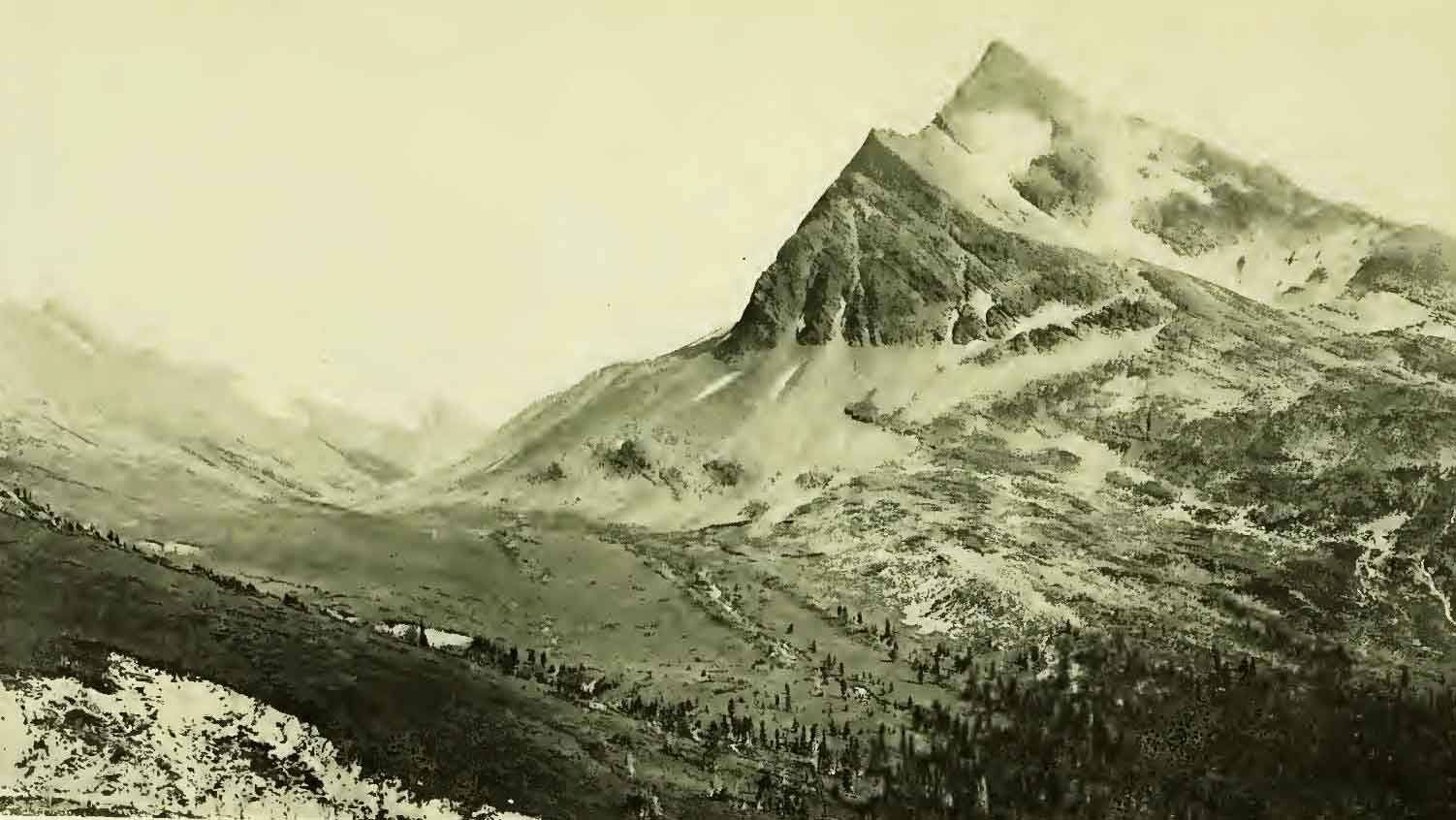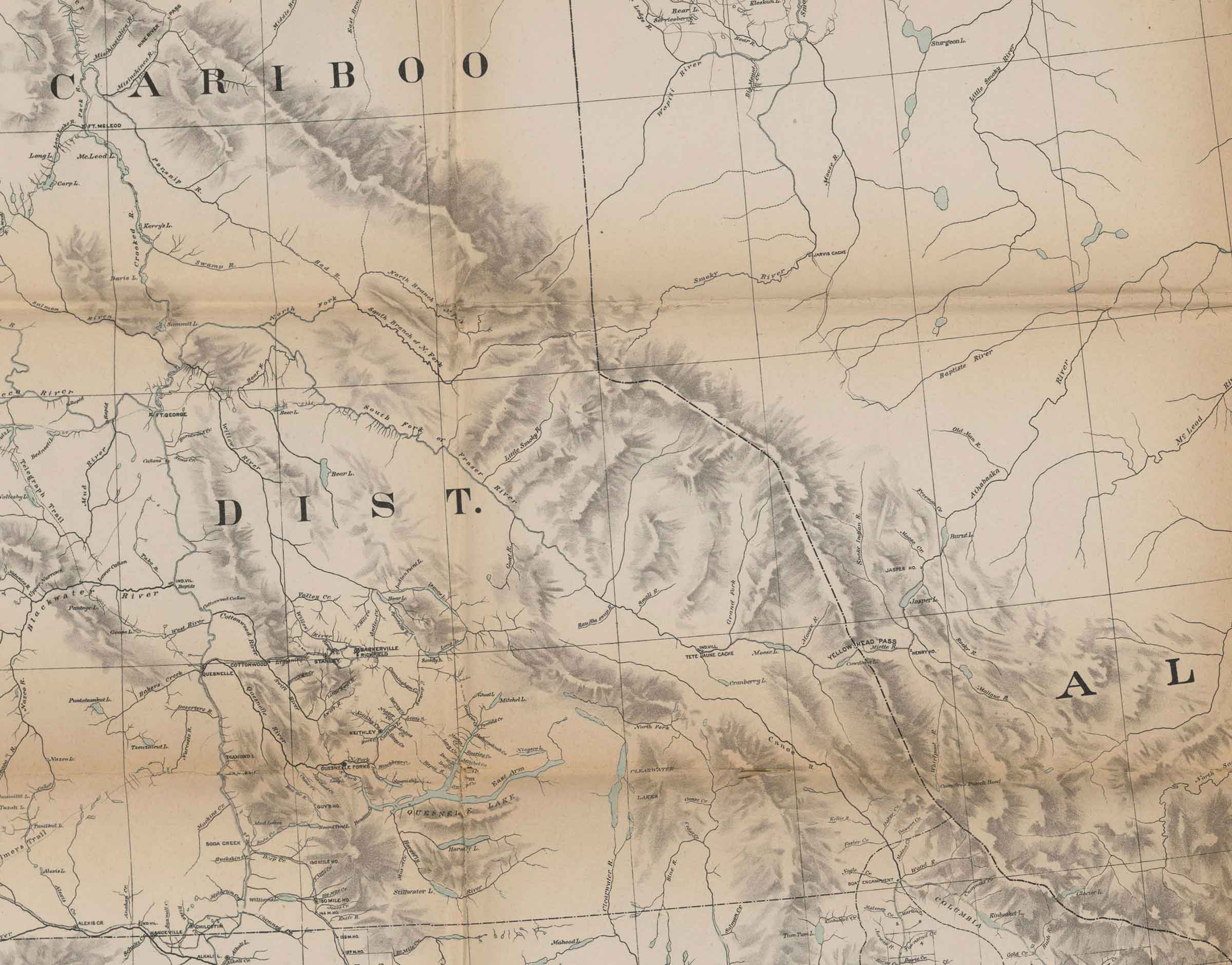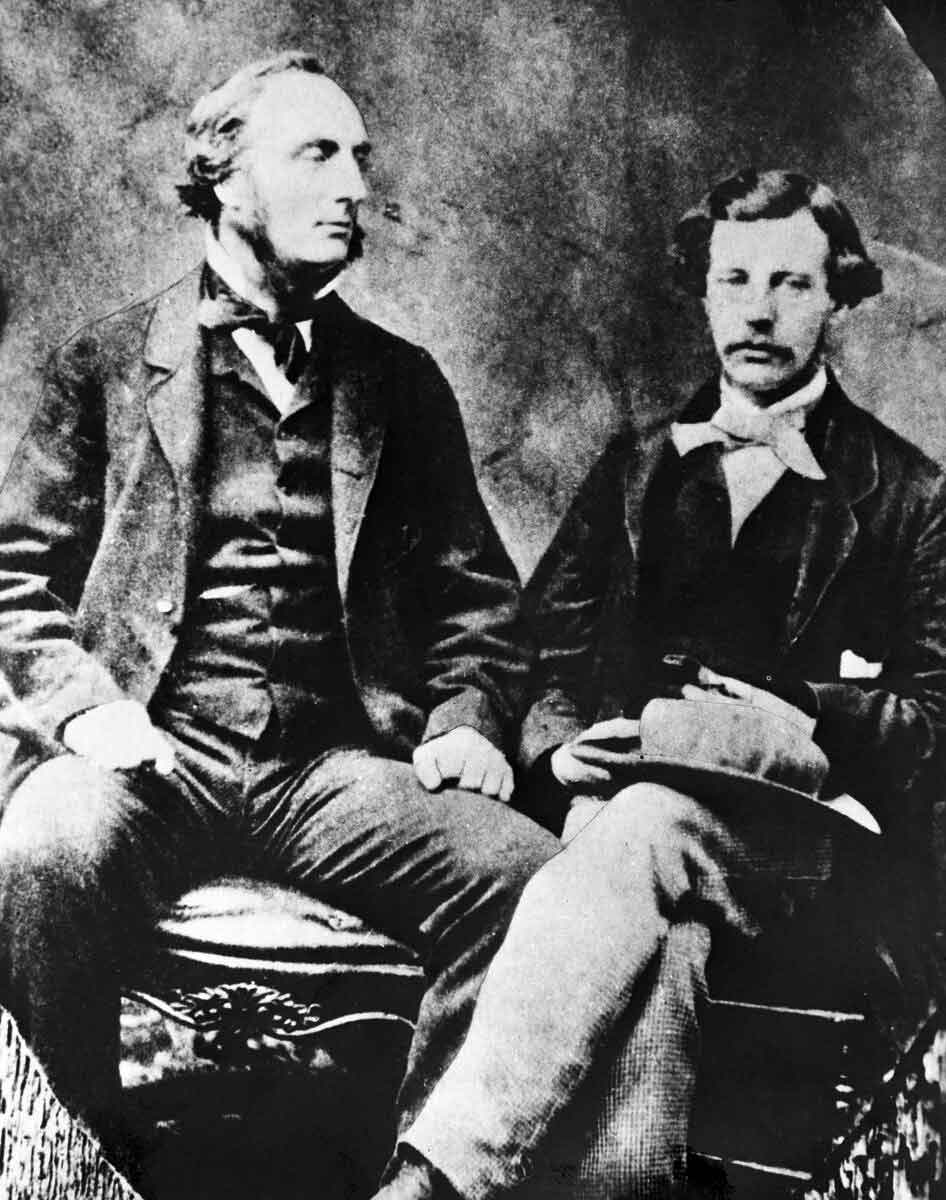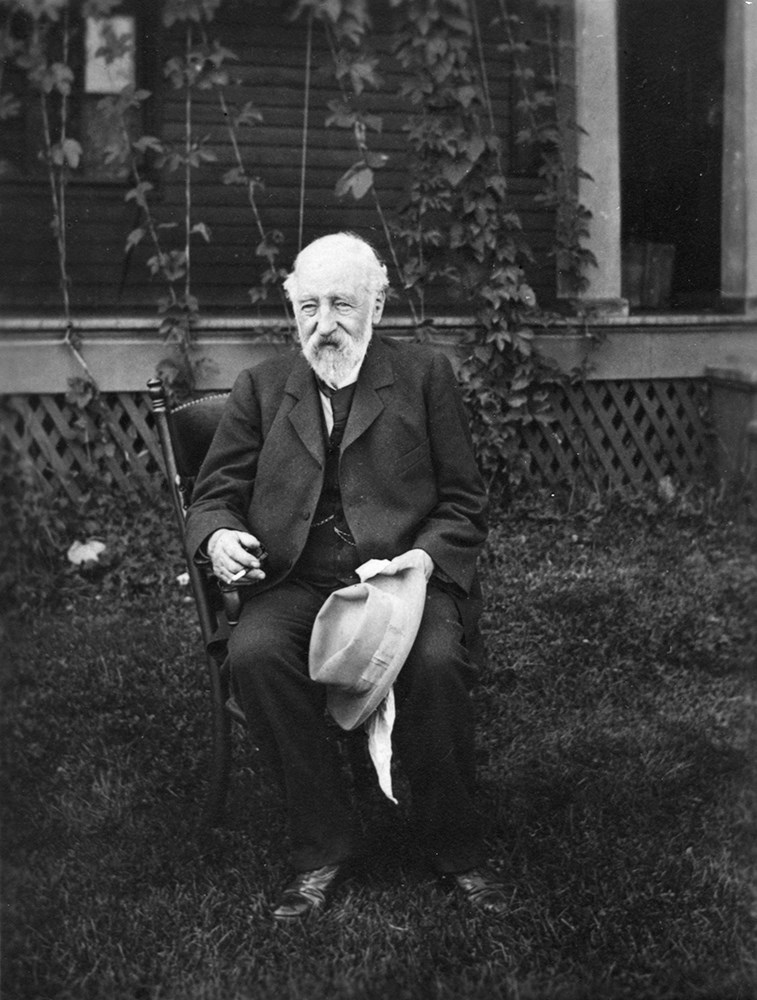Indigenous people

Map showing the Shuswap Territory. Teit p. 450 [1]
Sekani or
Tse’khene are a First Nations people of the Athabaskan-speaking ethnolinguistic group in the Northern Interior of British Columbia. Their territory includes the
Finlay River and
Parsnip River drainages of the
Athabasca River. The neighbours of the Sekani are the Babine to the west,
Carrier (Dakelh) to the south,
Dunneza (Beaver) to the east, and Kaska and Tahltan, to the north, all Athabaskan peoples. In addition, due to the westward spread of the
Plains Cree Indians in recent centuries, their neighbours to the east now include Cree communities.
Sekani people call their language [tsekʼene] or [tθekʼene] depending on dialect, which appended with Dene (meaning people), means “people on the rocks.” Sekani is an anglicization of this term. Other forms occasionally found, especially in older sources, are Chickanee, Secunnie, Siccanie, Sikani, and the French Sékanais. [2]
Teit’s 1909 map indicates “Area at head of Fraser River, enclosed by broken double lines, temporarily occupied by the Sekanai.”
References:
- 1. Teit, James Alexander [1864–1922]. The Jesup North Pacific Expedition. Memoir of the American Museum of Natural History. Volume 2, Part 7. The Shuswap. New York: Stechert, 1909. American Museum of Natural History
- 2. Wikipedia. Sekani


![Harry H. Blagden and Sidney S. Walcott, skinning ptarmigan at Tah Pass Camp, 1910. [Photo probably by R. C. W. Lett]](/wp-content/uploads/2025/04/blagden-sswalcott-1912.jpg)


